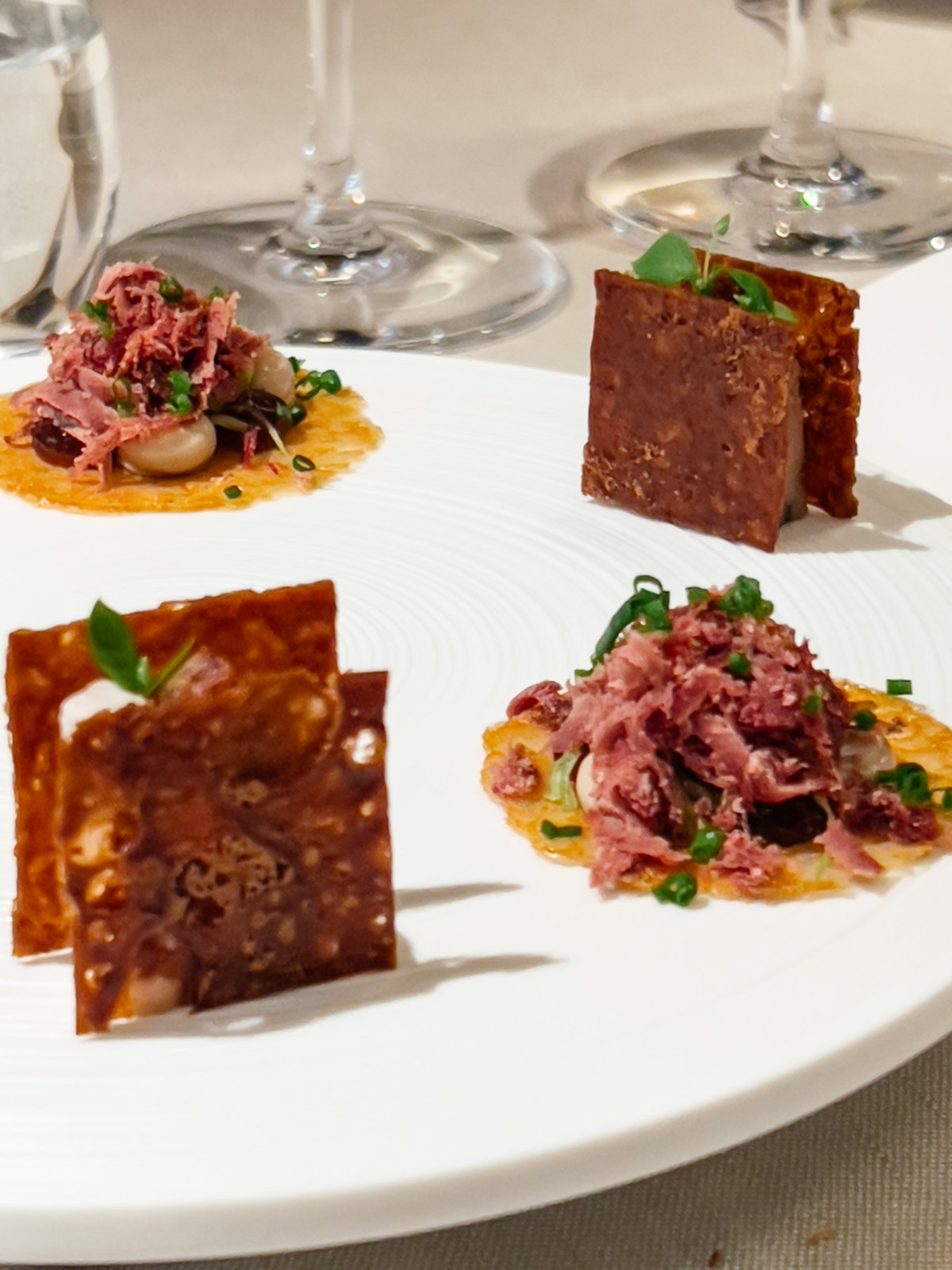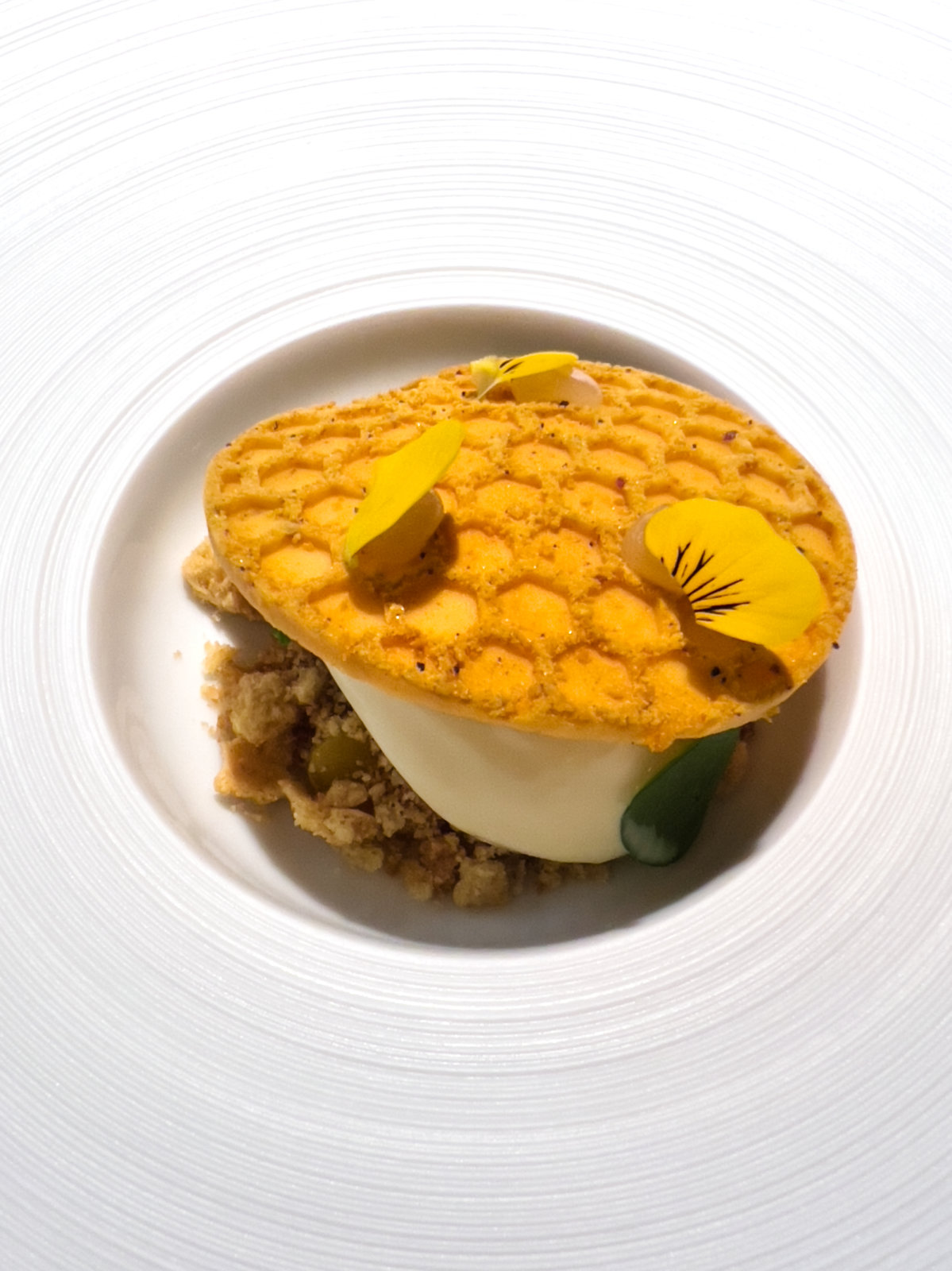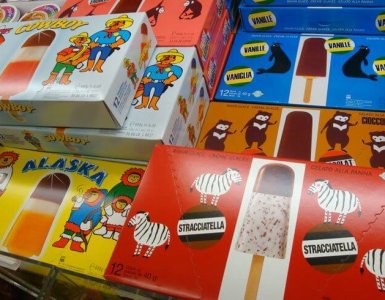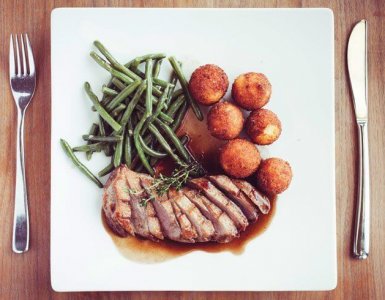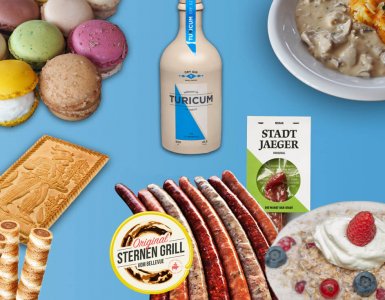Swiss wine judging boils down to this: in front of me are four empty glasses on a mat with overly complicated instructions in French and German.
This is the result of someone trying to be explicit but not giving the reader any credit. Then one of two servers fills the glasses labeled "C" and "D" from a nondescript glass decanter.
To ensure that everyone understands the instructions, the head judge explains them again in French and then asks if one of the jury members could do it in German.
The principle is simple, order the wines from your most favorite to least favorite on your grading sheet. There is also space for you to take notes on the look, nose (smell), palate (taste), and finish (aftertaste).
Terravin and Escargot wines 🍷
Today's tasting is between Terravin and the recently launched label Escargot Rouge. Both of these wine associations aim to promote the best wines from canton Vaud and have established criteria for wines to be able to have their label. Today, we are judging Chasselas (white wine) and the cuvée that the Escargot Rouge label allows: Pinot Noir, Gamay, Gamaret, and Garanoir.
My most recent foray into wine tasting and judging brings me back to my days at Liberty Wine Merchants in Vancouver, Canada. I walked into my new place of employment shortly before 9 AM. I was told to grab 16 glasses from the back as we will be tasting our way through the full range of Domaine Laroche's 2005 vintage. Trial by Chablis - ripe pears, zesty citrus, and sparkling minerality.
On this cold Thursday in November, we also started at 9 AM in the Zunftstube of the Widder Hotel. After everyone is clear on how we'll rank the wines, we start the judging. There is no 100-point Robert Parker system, 20-point Jancis Robinson method, or simple 5-star approach.
Just simply most favorite to least favorite.
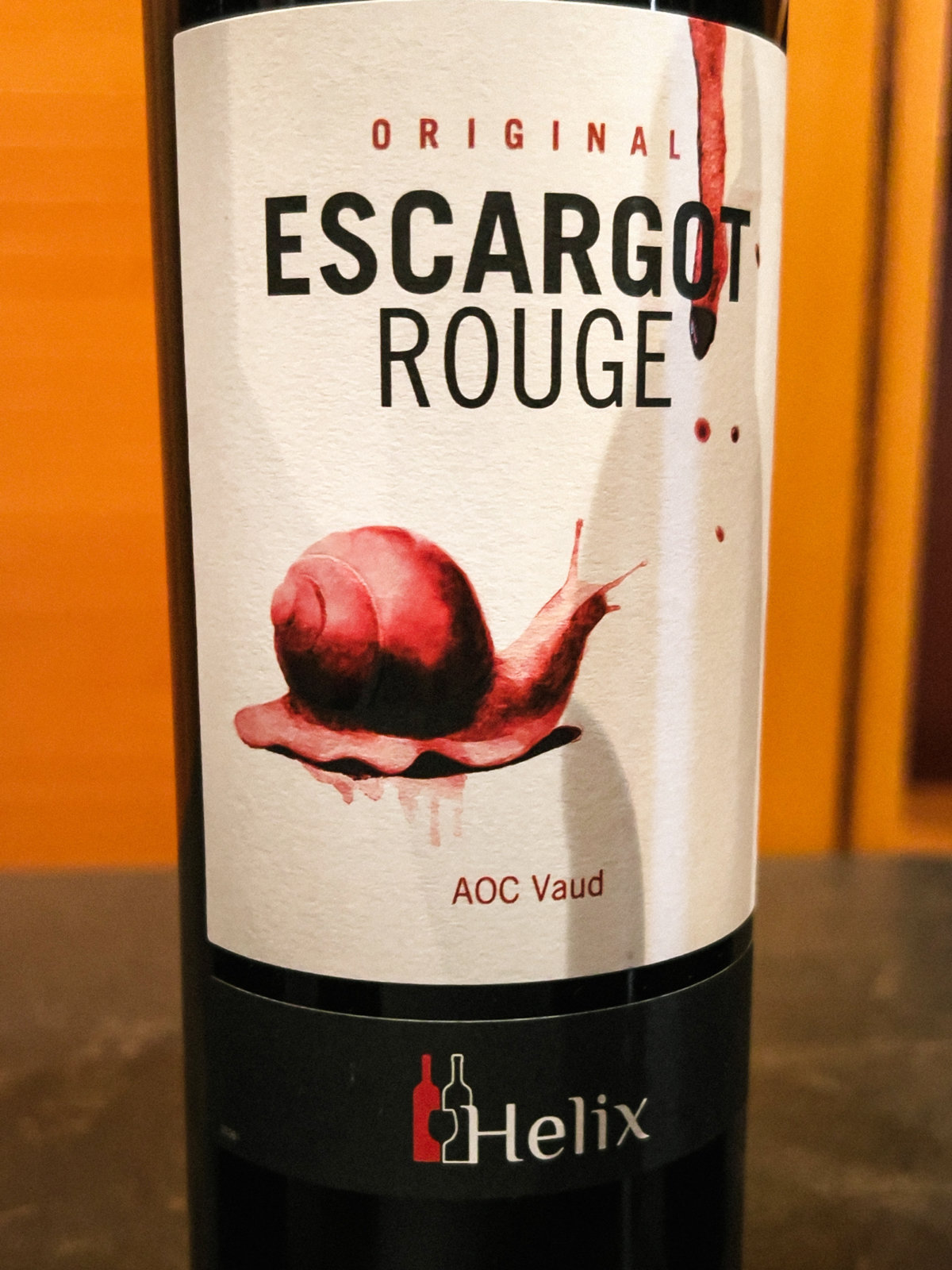
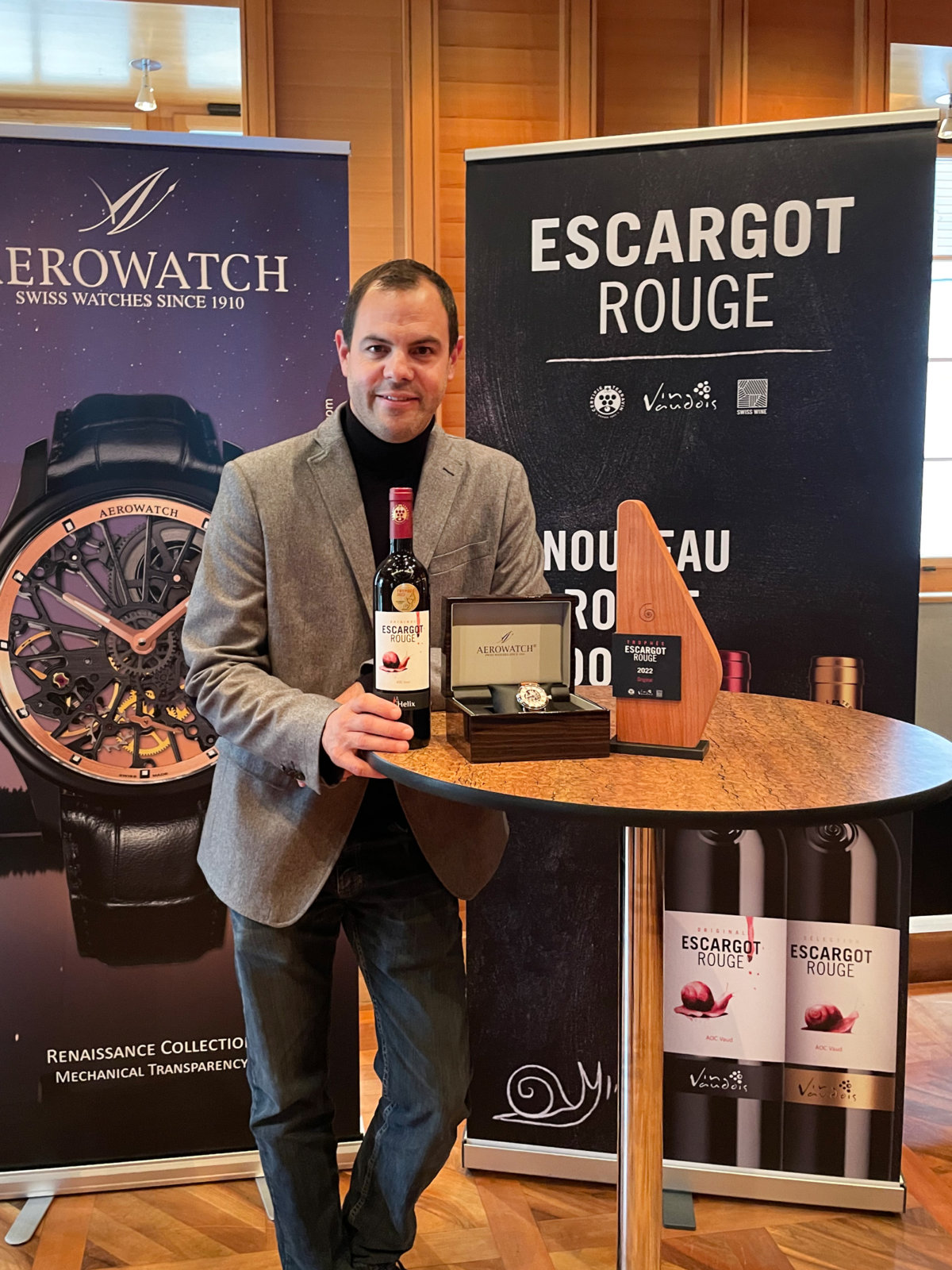
Some thoughts on Swiss wine preferences 🇨🇭
We have about 10 minutes to look at the wine, smell it, taste it - spitting, of course - make our notes, and begin to rank. You might think this is fun, but it is work. We'll taste eight Chasselas and eight cuvées numerous times to get to the results - that's 26 wines before lunch.
What quickly becomes apparent is that the German-speaking Swiss and French-speaking Swiss have different tastes in wine. German speakers enjoy the Pinot Noir heavy wines for reds, while French speakers prefer the ripe red berry notes from the Gamay and its cousins Gamaret and Garanoir - two more rot-resistant grapes crossed in Switzerland.
When it comes to white wines, the German speakers like the citrusy and mineral flavors more than the floral and fatter whites.
The winning Swiss wines 🏆
After eight tasting sessions, note-taking, ranking, and calling out our preferences - "Quatre - Deux - Trois - Une," and so forth, we had a brief break for some water and coffee. Then, they announced the winners.
What I enjoyed about this wine tasting is that the wines we tasted were all in the price range of about 10 to 25 francs per bottle. That means they are easily accessible to almost everyone in Switzerland to have at home as an everyday wine. It also shows that Swiss winemakers can produce affordable wines of a good standard.
About the Escargot Rouge label 🐌
With this idea, the Escargot Rouge label was created in 2021 to easily show consumers that the red wine bearing the name has passed specific industry and quality standards. The producer and exact wine name are smaller, located below the large red snail label.
They will need to rework the Escargot Rouge label because it is too big and will confuse consumers. Not all Escargot Rouge wines are the same, and while you may enjoy one, you might not like the other, so you'll need to pay more attention to what you buy.
That said, it is good to see more standards popping up, challenging the 36 current producers to make even better wines and giving customers a framework for comparison.
A perfect pairing 😍
After a morning of tasting wines, there is a bacchanalian lunch in the Widder Restaurant. Stefan Heilemann, the Swiss Michelin-starred Chef of the Year 2021, helms this fantastic restaurant.
He prepared an exquisite menu that showed how these Vaudois wines pair wonderfully with food. From the tuna tartar to the venison medallions, everything was perfect.
After this experience, I'm ready for my next round of jury duty.
